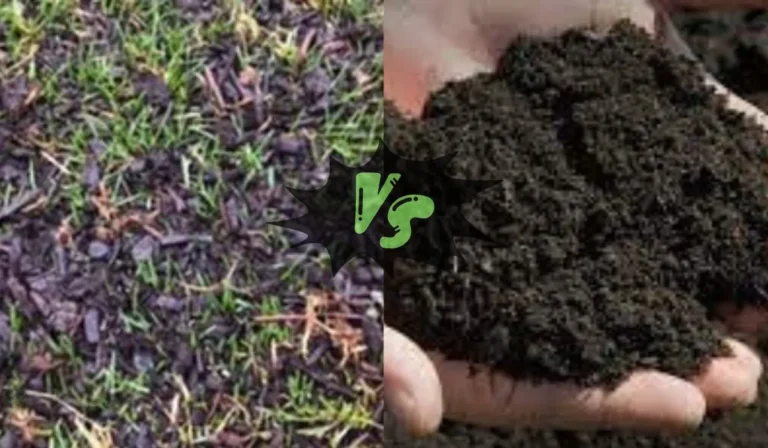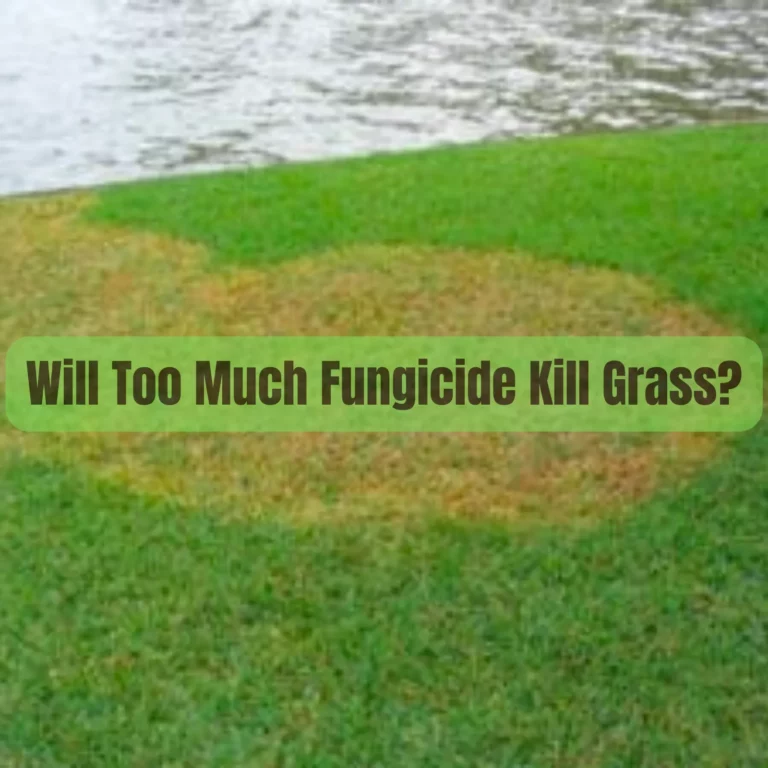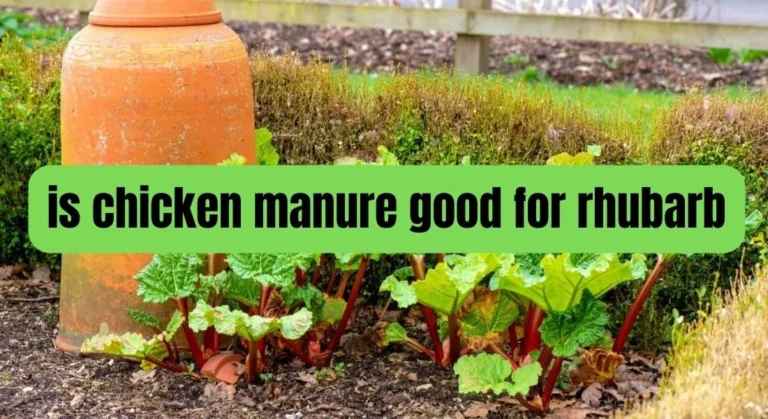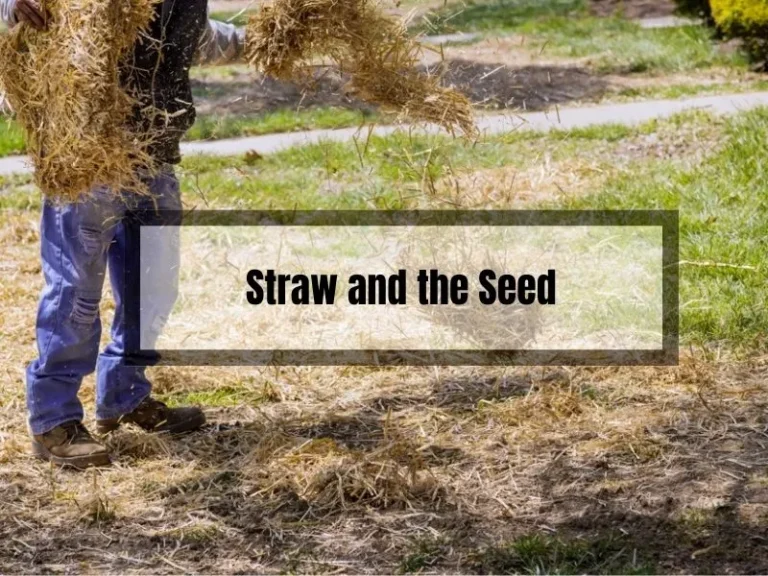Raised Bed Soil vs Topsoil: Pros and Cons
From Louise: Passionate about gardening, I specialize in plant care and flower knowledge. I’m here to share my expertise and assist with your gardening queries. Feel free to ask any questions or seek advice on lawn care—I’ll respond within 24 hours!
Raised bed gardening is a popular way to grow plants in a controlled environment, especially in limited space. Choosing the right soil is essential for optimal growth, and it can be challenging to decide between raised bed soil and topsoil.
Raised bed soil is specially formulated for raised garden beds, consisting of organic materials like compost, peat moss, and vermiculite. It is lightweight, well-draining, and provides optimal growing conditions for plants in a confined space, with good drainage and aeration.
On the other hand, topsoil is a versatile option for various gardening applications, composed of sand, silt, clay, and potential organic matter. While cost-effective and suitable for large areas, it may not be ideal for raised bed gardening due to its weight and drainage limitations.
In this article, we’ll explore the differences between raised bed soil and topsoil to help you make the best choice for your raised bed garden. We’ll explain what raised bed soil and topsoil are, their benefits, and drawbacks, and how to choose between them.
By the end of this article, you’ll have a better understanding of raised bed soil and topsoil, and you’ll be able to make an informed decision about which one is right for your garden.
Key Takeaways
- Raised bed soil is a specially formulated soil mix designed for use in raised garden beds, while topsoil is the upper layer of soil found in natural environments.
- Raised bed soil provides optimal growing conditions for plants in a confined space, with good drainage and aeration, while topsoil may need to be amended with additional nutrients for optimal plant growth.
- When choosing between raised bed soil and topsoil, it is important to consider the specific needs of your plants.
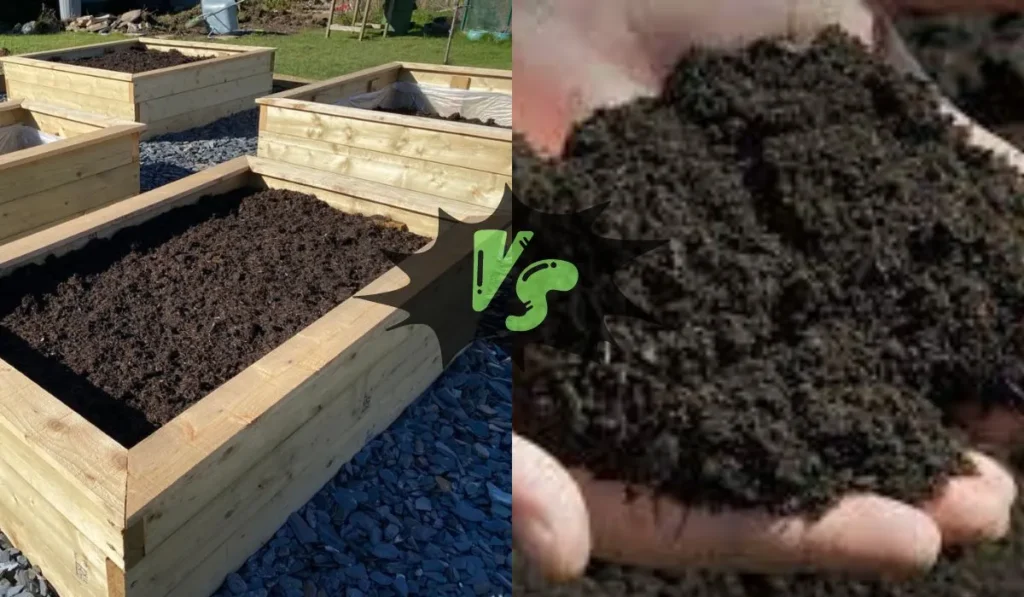
Raised Bed Soil vs Topsoil
When deciding between raised bed soil and topsoil, it’s important to consider the specific needs of your plants. Raised bed soil is specifically formulated for use in raised garden beds and contains a blend of organic materials such as compost, peat moss, and vermiculite that provide the ideal growing environment for plants in a raised bed.
The organic matter in raised bed soil helps to retain moisture and nutrients, which can lead to healthier plants and higher yields. On the other hand, topsoil is a natural soil that is found on the surface of the earth and can vary in composition depending on where it is sourced from.
Topsoil is practical and less costly for large garden projects that require cubic yards of soil. It can be added to long-standing flower and vegetable gardens to replace nutrients plants have used up.
This is a good choice for the top layer in raised beds and container gardening. It is already broken down to drain well and includes a mix of sand, silt, and clay. Ultimately, the choice between raised bed soil and topsoil will depend on your specific gardening needs and the plants you plan to grow.
Understanding Raised Bed Soil
When starting a raised bed garden, you may be wondering whether raised bed soil or topsoil is the better option. Although both have their pros and cons, raised bed soil is specially formulated to provide the best growing environment for your plants.
Benefits of Raised Bed Soil
Here are some of the benefits of using raised bed soil:
- Better drainage: Raised bed soil is designed to drain well, which helps prevent waterlogging and root rot. This is especially important if you live in an area with heavy rainfall or have clay soil.
- Improved aeration: Raised bed soil is typically lighter and fluffier than topsoil, which allows air to circulate around plant roots. This helps prevent compaction and promotes healthy root growth.
- Optimal nutrient levels: Raised bed soil is often enriched with organic matter, such as compost or manure, which provides a balanced mix of nutrients for your plants. This can help boost growth and yield.
- Easy to work with: Raised bed soil is typically sold in bags or bulk, making it easy to transport and add to your raised bed. It also tends to be free of weeds and other contaminants, which can save you time and effort in the long run.
Drawbacks of Raised Bed Soil
While raised bed soil has many benefits, it’s not without its drawbacks. Here are some things to consider:
- Higher cost: Raised bed soil can be more expensive than topsoil, especially if you’re buying it in bags. However, if you’re filling a large raised bed, it may be more cost-effective to buy it in bulk.
- Limited availability: Raised bed soil may not be available at all garden centers or nurseries. You may need to order it online or from a specialty supplier.
- Less diversity: Raised bed soil is formulated for optimal growing conditions, which means it may not be suitable for all plants. If you’re growing a wide variety of crops, you may need to supplement with additional nutrients or switch to a different type of soil.
Overall, raised bed soil can be a great choice for your raised bed garden. It provides excellent drainage, aeration, and nutrient levels, and is easy to work with.
However, it may be more expensive and less widely available than topsoil, and may not be suitable for all plants. Consider your specific needs and budget before making a decision.
Exploring Topsoil
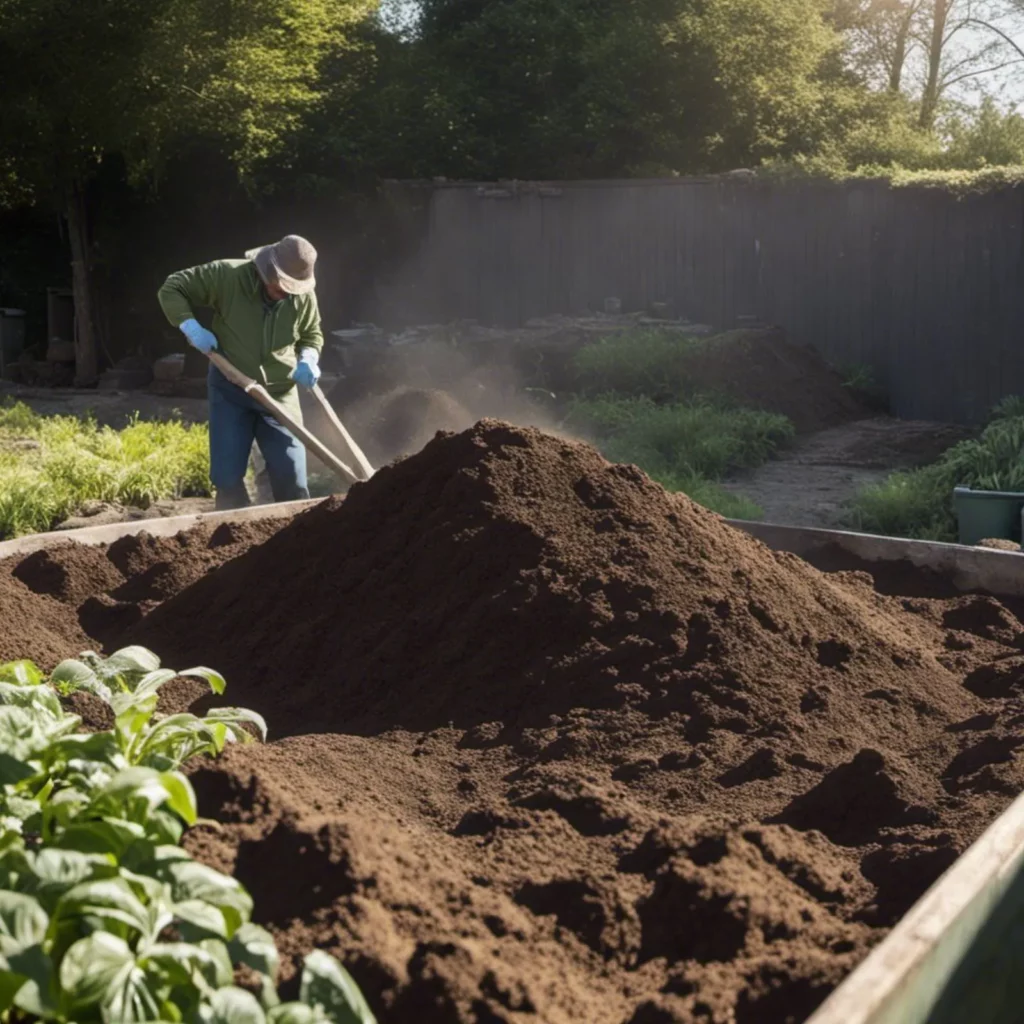
Advantages of Topsoil
Topsoil is a popular choice for gardening due to its rich organic matter and nutrient content. Here are some of the advantages of using topsoil in your raised beds:
- Rich in nutrients: Topsoil contains a high concentration of vital plant nutrients such as nitrogen, phosphorus, and potassium, which are essential for plant growth and development.
- Good drainage: Topsoil has good drainage properties, which means excess water can drain away easily. This is important for preventing waterlogging, which can be detrimental to plant growth.
- Easy to work with: Topsoil is easy to work with, making it a popular choice for gardening. It is easy to till, mix with other soils, and plant in.
Disadvantages of Topsoil
While topsoil has many advantages, it also has some disadvantages. Here are some of the disadvantages of using topsoil in your raised beds:
- Limited depth: Topsoil is typically only 2-8 inches deep, which may not provide enough depth for some plants to grow properly.
- May contain weed seeds: Topsoil may contain weed seeds, which can lead to weed growth in your garden. It’s important to choose a high-quality topsoil that has been screened to remove any weed seeds.
- May be expensive: Topsoil can be expensive, especially if you need to purchase a large amount. It’s important to shop around and compare prices before making a purchase.
Related Posts:
Comparing Raised Bed Soil and Topsoil
Nutrient Content
Raised bed soil and topsoil differ in nutrient content. Raised bed soil is formulated to provide optimal growing conditions for plants in a confined space, containing a mix of organic matter like compost, peat moss, and vermiculite, as well as minerals and other nutrients.
This makes it a great choice for gardeners who want to ensure their plants have access to all the nutrients they need to thrive. Topsoil, however, is the uppermost layer of soil in a given area and may be nutrient-poor, especially if it has been depleted by years of farming or other intensive land use.
Gardeners who choose to use topsoil may need to amend it with additional nutrients like compost or fertilizer to ensure their plants have access to everything they need to grow strong and healthy.
Drainage
Drainage is another important factor to consider when comparing raised bed soil and topsoil. Raised bed soil is designed to provide good drainage and aeration, which can be especially important in a confined space where excess water can quickly become a problem.
This can help prevent waterlogged soil, which can lead to root rot and other issues. Topsoil, on the other hand, may not drain as well, especially if it has a high clay content. This can make it more difficult for plants to access the water and nutrients they need, and can also lead to problems with soil compaction over time.
Ease of Use
Finally, ease of use is worth considering when comparing raised bed soil and topsoil. Raised bed soil is often sold in bags or bulk, which makes it easy to transport and use.
It may also be pre-mixed and ready to use right out of the bag, which can save time and effort. Topsoil, however, may require more preparation before it can be used in a garden.
Gardeners may need to till or otherwise loosen the soil, amend it with organic matter or other nutrients, and ensure that it is properly drained before planting. This can be a more time-consuming process, but it can also be a great way to ensure that the soil is tailored to the specific needs of the plants you want to grow.
Related Posts:
Choosing Between Raised Bed Soil and Topsoil
When starting a garden, you may need to decide whether to use raised bed soil or topsoil. Both have their advantages and disadvantages, and the choice ultimately comes down to your specific needs and preferences.
Considerations for Gardeners
Before deciding on the type of soil to use in your garden, there are a few things to consider:
- Cost: Raised bed soil is generally more expensive than topsoil, but it may be worth the investment if you want to ensure optimal growing conditions for your plants.
- Nutrients: Raised bed soil is often formulated with a specific nutrient balance to promote healthy plant growth. Topsoil may contain more nutrients, but it can also be more difficult to control the nutrient levels in topsoil.
- Drainage: Raised bed soil is designed to promote good drainage, which can be especially important in areas with heavy rainfall. Topsoil may retain too much water, leading to root rot and other issues.
- Ease of Use: Topsoil can be easier to work with than raised bed soil, as it doesn’t require any special preparation or mixing. Raised bed soil may need to be amended or mixed with other soils to achieve the desired texture and nutrient balance.
Impact on Plant Growth
The type of soil you use can have a significant impact on the growth and health of your plants. Here are some factors to consider:
- Texture: Raised bed soil is often formulated with a specific texture to promote root growth and drainage. Topsoil may have a denser texture that can be less conducive to healthy root growth.
- Nutrients: Raised bed soil is often formulated with a specific nutrient balance to promote healthy plant growth. Topsoil may contain more nutrients, but it can also be more difficult to control the nutrient levels.
- pH Balance: Raised bed soil is often formulated with a specific pH balance to promote optimal plant growth. Topsoil may have a more neutral pH balance, which can be less conducive to certain types of plants.
- Water Retention: Raised bed soil is designed to promote good drainage and water retention, which can be especially important in areas with heavy rainfall. Topsoil may retain too much water, leading to root rot and other issues.
Ultimately, the choice between raised bed soil and topsoil comes down to your specific needs and preferences. Consider the factors discussed in this section and choose the soil that will best promote healthy plant growth in your garden.
Related Posts:
Frequently Asked Questions (FAQs)
What is the difference between raised bed soil and topsoil?
Raised bed soil is specifically formulated for use in raised garden beds, while topsoil is a general-purpose soil that can be used in a variety of applications. Raised bed soil typically contains a blend of organic materials, such as compost, peat moss, and vermiculite, that provide the ideal growing environment for plants in a raised bed.
Can I use topsoil for a raised garden bed?
While topsoil can be used in a raised garden bed, it may not provide the best growing environment for your plants. Topsoil is often heavy and dense, which can make it difficult for plant roots to penetrate and grow. Additionally, topsoil may not contain the necessary nutrients and organic matter that plants need to thrive.
What is the best soil for raised garden beds?
The best soil for raised garden beds is one that is specifically formulated for use in raised beds. Look for a soil that contains a blend of organic materials, such as compost, peat moss, and vermiculite, that provide the ideal growing environment for plants in a raised bed. Additionally, make sure the soil has a good balance of nutrients and pH levels.
Is raised bed soil worth it?
Yes, raised bed soil is worth the investment. While it may be more expensive than topsoil, it is specifically formulated to provide the ideal growing environment for plants in a raised bed. Raised bed soil contains a blend of organic materials, such as compost, peat moss, and vermiculite, that help retain moisture and provide the necessary nutrients for plants to thrive.
Should you use garden soil or topsoil in a raised bed?
Garden soil and topsoil can be used in a raised bed, but they may not provide the best growing environment for your plants. Garden soil is often heavy and dense, which can make it difficult for plant roots to penetrate and grow. Topsoil may not contain the necessary nutrients and organic matter that plants need to thrive. It is recommended to use soil that is specifically formulated for use in raised beds.
What goes down first, topsoil or garden soil?
When filling a raised bed, it is recommended to start with a layer of gravel or rocks at the bottom to aid in drainage. Next, add a layer of landscape fabric to prevent weeds from growing up into the bed. Finally, add the soil, starting with the raised bed soil, followed by a layer of topsoil if desired. Mix the two soils together thoroughly before planting.
Conclusion
In conclusion, choosing between raised bed soil and topsoil depends on your specific gardening needs. Raised bed soil is specially formulated for raised garden beds and can provide better drainage and nutrient retention. On the other hand, topsoil is a more affordable option and can be used for larger garden projects that require cubic yards of soil.
When selecting soil for your raised garden bed, consider the type of plants you will be growing. Some plants prefer acidic soil, while others prefer alkaline soil. You can adjust the pH level of your soil by adding organic matter such as compost, peat moss, or lime.
It is also important to consider the texture of your soil. Sandy soil drains quickly but can dry out too fast, while clay soil retains water but can become waterlogged. A good soil mix should be well-draining and have a good balance of sand, silt, and clay.
When using topsoil, it is important to note that it may not contain the necessary nutrients for your plants. You may need to add additional fertilizers or organic matter to ensure that your plants are getting the necessary nutrients. Topsoil can also be used to amend existing garden beds that have been depleted of nutrients.
Ultimately, the decision between raised bed soil and topsoil comes down to your budget, gardening goals, and the specific needs of your plants. Both options have their advantages and disadvantages, and it is important to weigh them carefully before making a decision.
Remember, no matter what soil you choose, proper watering and fertilization are key to ensuring healthy plant growth. Happy gardening!

